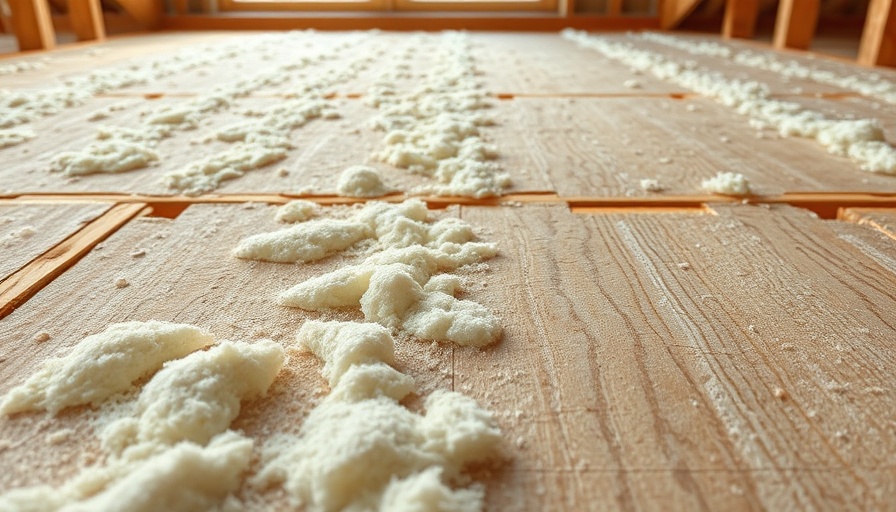
Understanding Steel in Exterior Walls: Benefits and Considerations
The incorporation of steel into exterior walls represents a modern solution in both urban and rural construction. With its natural strength and durability, steel is increasingly being used to meet the functionality and aesthetic demands of contemporary architecture. Builders and architects are beginning to explore the tangible benefits of steel framing systems, transforming how structures are constructed.
Durability and Strength: Why Choose Steel?
Steel offers undeniable durability compared to traditional materials like wood. Its resistance to common issues such as termites and rot means that structures can last significantly longer with minimal maintenance. Moreover, steel’s strength allows for longer spans and larger open spaces within buildings, promoting innovative design choices for both residential and commercial projects.
Efficiency in Construction: Saving Time and Resources
Using steel in construction can also streamline the building process. Pre-fabricated steel elements can be mass-produced, leading to faster assembly on site. This efficiency translates to reduced labor costs and shorter project timelines, which are critical factors in today's competitive construction market.
Environmental Implications: Going Green with Steel
As the construction industry moves towards more sustainable practices, steel holds promising potential. Steel is recyclable and can help reduce waste during the building process. Utilizing steel contributes to lower energy use in structures due to its superior thermal properties when properly insulated. This not only helps reduce a building's carbon footprint but also promotes energy efficiency.
The Aesthetic Appeal: Merging Function and Design
Architecturally, steel provides a sleek, modern aesthetic that appeals to contemporary tastes. The visual integration of steel framing allows for creative design opportunities that might not be achievable with traditional materials. Steel can be finished in various styles and colors, enabling a building to blend into its surroundings or stand out as a statement piece in a skyline.
Potential Drawbacks: Addressing Concerns
However, the use of steel in exterior walls does come with challenges. Concerns about cost, thermal bridging, and the necessity for protective coatings to prevent rust can deter some builders from using steel. It is essential to evaluate these factors thoroughly and weigh them against the long-term benefits that steel provides.
Conclusion: The Future of Building Materials
As construction technology continues to evolve, the role of steel in exterior walls will likely grow. Its advantages in durability, efficiency, and environmental impact make it an increasingly viable option for builders looking to meet modern demands. For homeowner and building developers alike, exploring the possibilities that steel offers is a step toward integrating innovation within the construction industry.
 Add Row
Add Row  Add
Add 






Write A Comment